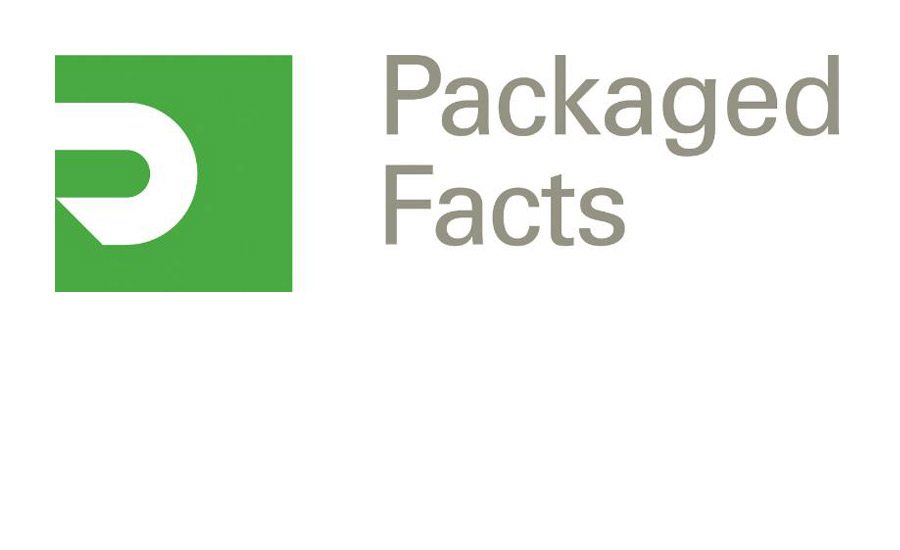Consumer demand for fresher, natural, organic, and locally sourced foods and beverages is reaching a crescendo and big box retailers are taking notice. Recently Target informed top suppliers Campbell Soup, General Mills, and Kellogg that the retailer intends to deemphasize these popular—but comparatively less healthy— processed brands in favor of products more in harmony with what consumers are demanding these days, namely healthier products. Target's ultimate goal is to offer customers distinctive options that speak to their desire for small, organic, and natural brands.
"Target is banking that national brand processed foods will be usurped by products such as gourmet sauces and oils made from fresh and locally sourced ingredients. Of course there's the caveat that these healthier products will be positioned and sold at affordable prices to remain competitive with more recognizable national brands," says David Sprinkle, research director for market research firm Packaged Facts.
The timing perhaps couldn't be better for Target to make fresher, locally-sourced products a priority. Locally grown and produced foods are experiencing surging consumer demand and widening availability, and it's an industry commonplace that locally grown is the next organic, according to research featured in the January 2015 Packaged Facts report, Shopping for Local Foods in the U.S.
For retailers such as Target, foodservice operators, and food marketers alike, "local" has become a shorthand descriptor to help position food as high quality, fresher, more authentic, trustworthy, environmentally friendly, and supportive of the local community—key factors for attracting shoppers into the store and encouraging repeat business.
Packaged Facts calculates that local foods generated almost $12 billion in sales in 2014, or approximately 1.8% of total retail sales of foods and beverages. Packaged Facts anticipates that over the next five years, local foods will begin the period with an 11% annual growth rate, gradually picking up to 12% annually—considerably—faster than the 5% annual pace of total food and beverage sales—to approach $20 billion in 2019, or 2.4% of total retail sales of food and beverages.
Target Seeks Local Organic, Natural Food Brands
Retailer informs companies such as Campbell Soup, General Mills, and Kellogg that it intends to deemphasize less healthy, processed brands

Looking for a reprint of this article?
From high-res PDFs to custom plaques, order your copy today!


